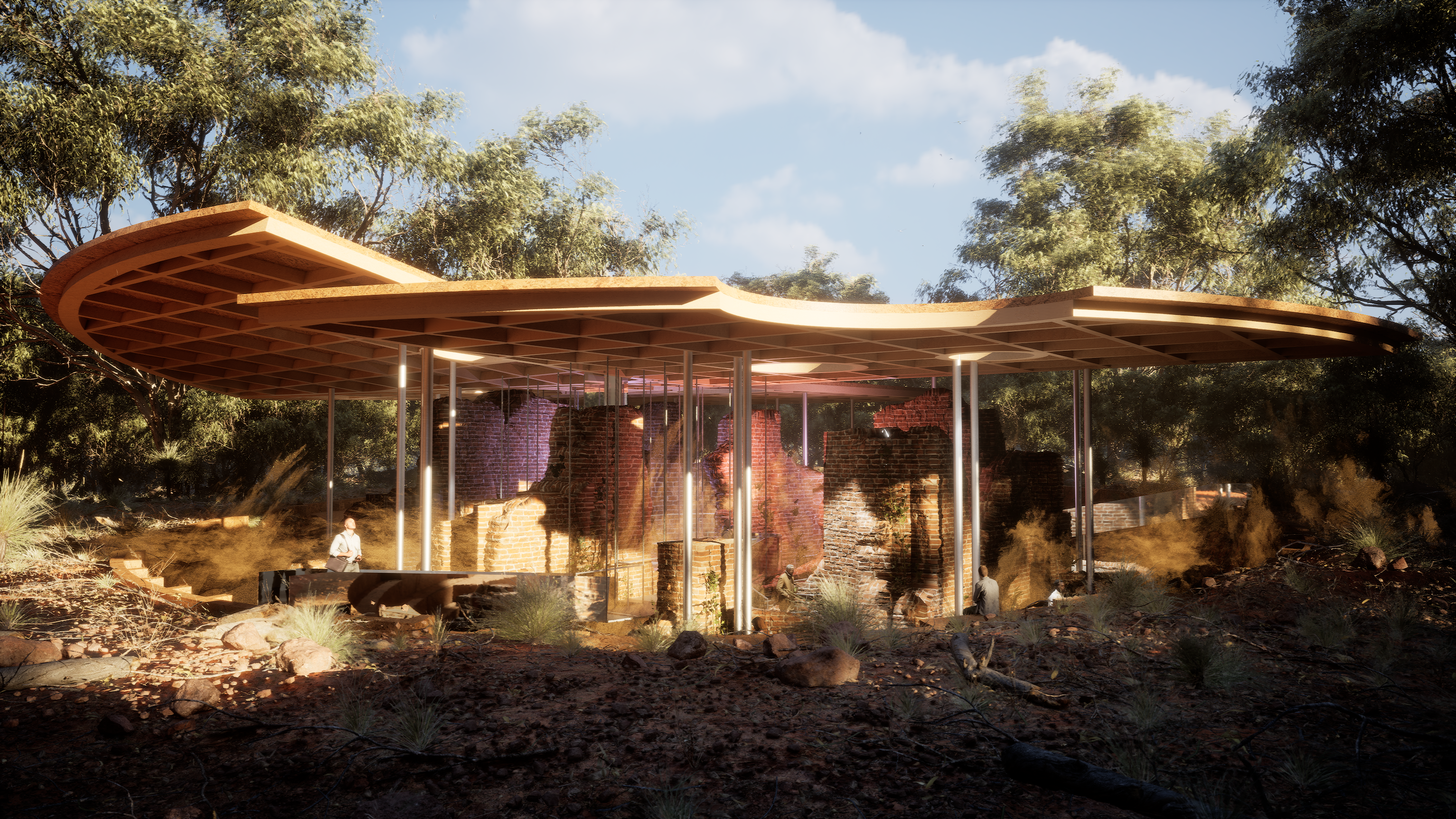SLOWNESS AND DUST
_About
The evolving and sometimes contentious concepts of preservation and experimentation in the context of cultural heritage, emphasis the need to reconsider traditional approaches and to tease out new methodologies that challenge the status quo. The question of ‘Preservation’ has come to be associated with a sort of deference to the past over the needs of the present that subjugates contemporary action.
At the turn of this century the Catalan architect Manuel de Solà-Morales suggested urban environments benefit from ‘small interventions, which create a ripple, not comprehensive development’. This project focusses on a socially and ecologically strained environment, and the capacity for SLOW tactile interventions to change the speed-driven culture of the build environment.
Our idea explores the notion of an EXPERIMENTAL CONSERVATION APPROACH designed and informed through digital technology and explores the process of an evolving exchange of design and a relationship through cork, timber, stone and metal manufacturing methodologies. The folly and its ground scoop respond to the slowly decaying ruins and its particular site condition at Acconia, Italy, and it provides a public plaza and protection from the road and the prevailing weather, with walkways and seating positions that look out upon key vistas, in a position that was previously inaccessible to visitors.
This project is an experiment in making digital architecture in collaboration with the local manufacturing industry in the context of a historic site. It represents a new kind of conservation museum that is entirely designed and fabricated through digital technology and local, reusable materials and explores an evolving exchange of design and manufacturing relationships. This conservation open-air museum is tailored to respond, in broad terms, to preserve and celebrate the existing roman brick structures, through a carefully calibrated canopy and roof openings that seek a relationship with the ruins, through temporary light rays and a spectacle of dancingDUST particles that are activated by the presence of visitors, flora and fauna.
Stefan Lengen
Assoc. Prof at the Bartlett, School of Architecture, University College London, Director at FELT Architecture, Design and Research Ltd.
In collaboration with Claudiu Horsia, Peiyan Zou.











